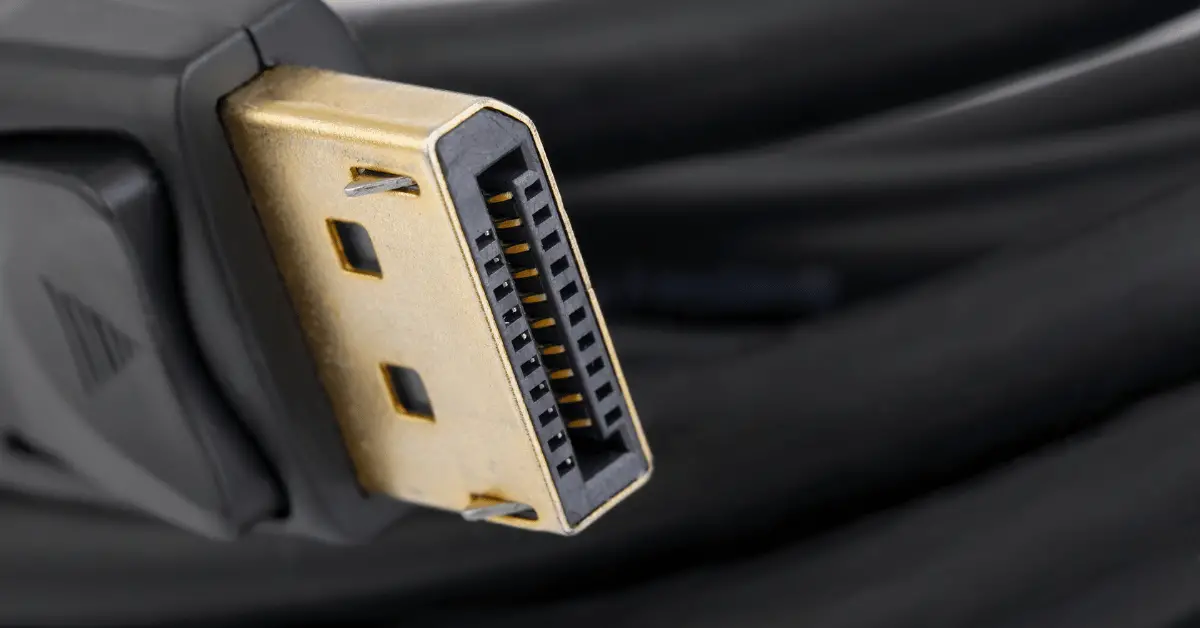Projectors have become a common tool for displaying high-quality images and videos in a variety of settings, including offices, classrooms, and homes. However, it can be frustrating when your projector is connected to a device, but nothing is displaying on the screen. There are several reasons why a projector may not be displaying anything, including input source selection, resolution compatibility, and lamp issues. In this article, we will explore the most common causes for a projector connected but not displaying and how to troubleshoot and fix them, so you can get your projector up and running again.
Table of Contents
Projector Connected But not Displaying-Solution
Projectors are a versatile tool that can be used for a variety of purposes, including business presentations, classroom lectures, and home theater setups. However, when your projector is connected to a device but not displaying anything, it can be frustrating and disrupt your plans. The good news is that this issue can often be resolved with some simple troubleshooting steps. In this article, we will explore the most common causes for a projector connected but not displaying and how to troubleshoot and fix them.
- Input Source Selection
One of the most common causes for a projector connected but not displaying is an incorrect input source selection. Ensure that the input source on your projector matches the output source on the device you are connecting to the projector. You can do this by using the remote control or the buttons on the projector.
- Resolution Compatibility
Another common cause for a projector connected but not displaying is a resolution compatibility issue. Ensure that the resolution setting on the device you are connecting to the projector matches the native resolution of the projector. You can also try lowering the resolution setting on the device to see if this resolves the issue.
- Lamp Issues
If your projector has a lamp that is nearing the end of its life or is damaged, it can affect the quality of the image projected. Check the lamp and replace it if necessary. Consult your user manual or contact the manufacturer for instructions on how to replace the lamp.
- Connection Issues
A loose or faulty connection can also cause a projector to not display anything. Check all the connections between the projector and the device you are connecting to it, such as the HDMI cable, VGA cable, or USB cable. Ensure that they are securely connected and not damaged. You may also try using a different cable to see if this resolves the issue.
- Lens Cap or Shutter
Some projectors have a lens cap or shutter that must be opened before use. Ensure that the lens cap or shutter is not obstructing the lens, as this can cause the projector to not display anything.
- Reset the Projector
If none of the above solutions work, try resetting the projector to its default settings. This will erase all the custom settings and restore the projector to its original factory settings. Refer to the user manual for instructions on how to reset the projector.
Why is the projector on but not projecting?
When a projector is turned on but not projecting, it can be frustrating and disruptive, especially when you need it for a presentation or a movie night. There are several reasons why this issue might occur. Here are some of the most common causes and solutions:
- Incorrect Input Source Selection: One of the most common causes of a projector being on but not projecting is an incorrect input source selection. Make sure that the input source on your projector matches the output source on the device you are connecting to the projector. This can be done using the remote control or the buttons on the projector.
- Lamp Issues: If the lamp of the projector is nearing the end of its life or is damaged, it can affect the quality of the image projected. Check the lamp and replace it if necessary. Refer to the user manual or contact the manufacturer for instructions on how to replace the lamp.
- Connection Issues: A loose or faulty connection can also cause a projector to be on but not projecting. Check all the connections between the projector and the device you are connecting to it, such as the HDMI cable, VGA cable, or USB cable. Ensure that they are securely connected and not damaged. You may also try using a different cable to see if this resolves the issue.
- Lens Cap or Shutter: Some projectors have a lens cap or shutter that must be opened before use. Ensure that the lens cap or shutter is not obstructing the lens, as this can cause the projector to not project anything.
- Incorrect Settings: Incorrect settings on the projector or the device you are connecting to it can also cause the projector to not project anything. Ensure that the settings on both the projector and the device are correctly configured.
- Overheating: Overheating can also cause a projector to not project anything. Check the projector’s fan and ensure that it is functioning properly. You may also want to check the air vents on the projector and clean them if necessary.
Conclusion
In conclusion, a projector connected but not displaying can be caused by several factors, including input source selection, resolution compatibility, lamp issues, connection issues, lens cap or shutter, and incorrect settings. By identifying the root cause of the issue and following the steps outlined in this article, you can fix the problem and get your projector up and running again. Remember to check the input source selection, resolution compatibility, lamp issues, connection issues, lens cap or shutter, and reset the projector if necessary. If you continue to experience issues, consult the user manual or contact the manufacturer for further assistance.

